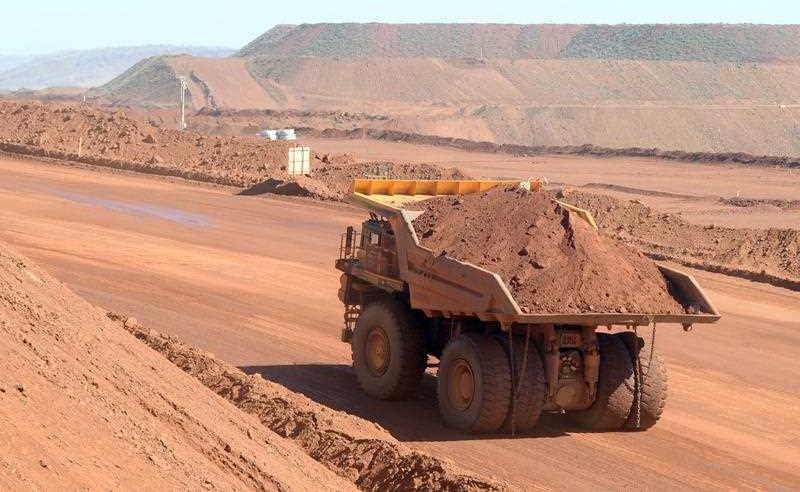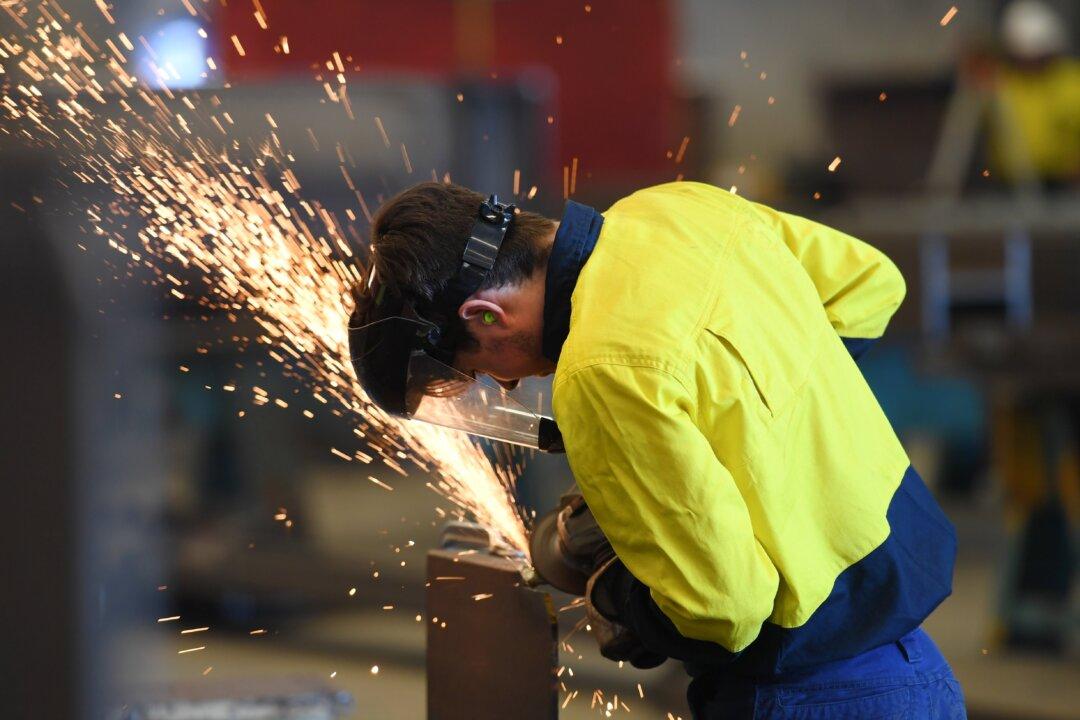Australia’s Federal Resources minister, Madeleine King, has urged the resources sector to increase the production of critical minerals by increasing mining activity if the Labor government’s ambition of net zero is to be achieved.
This follows from Federal Treasurer Jim Chalmer’s speech in June at the 26th World Mining Congress in Brisbane, where he said that a 450 percent increase in mineral production will be needed to meet net zero by 2050.





